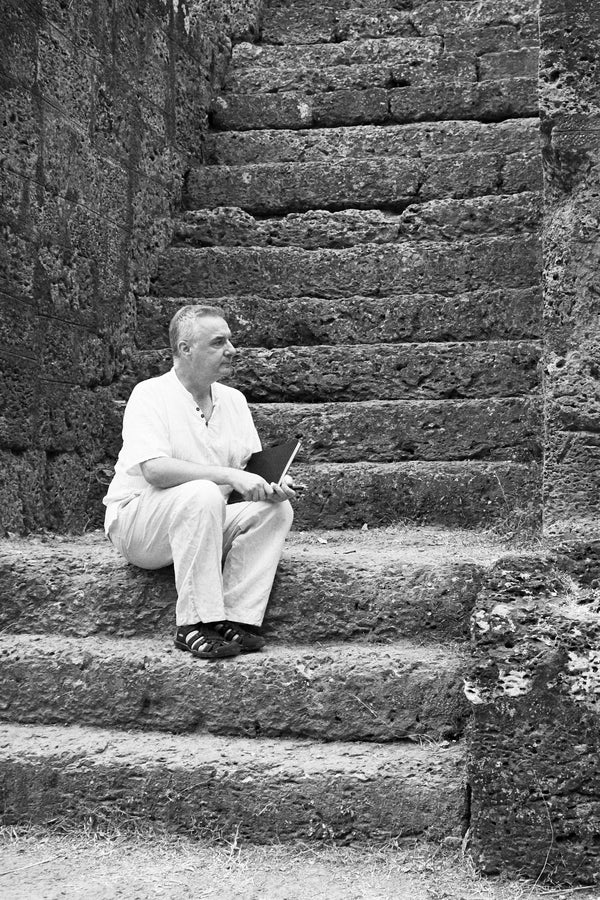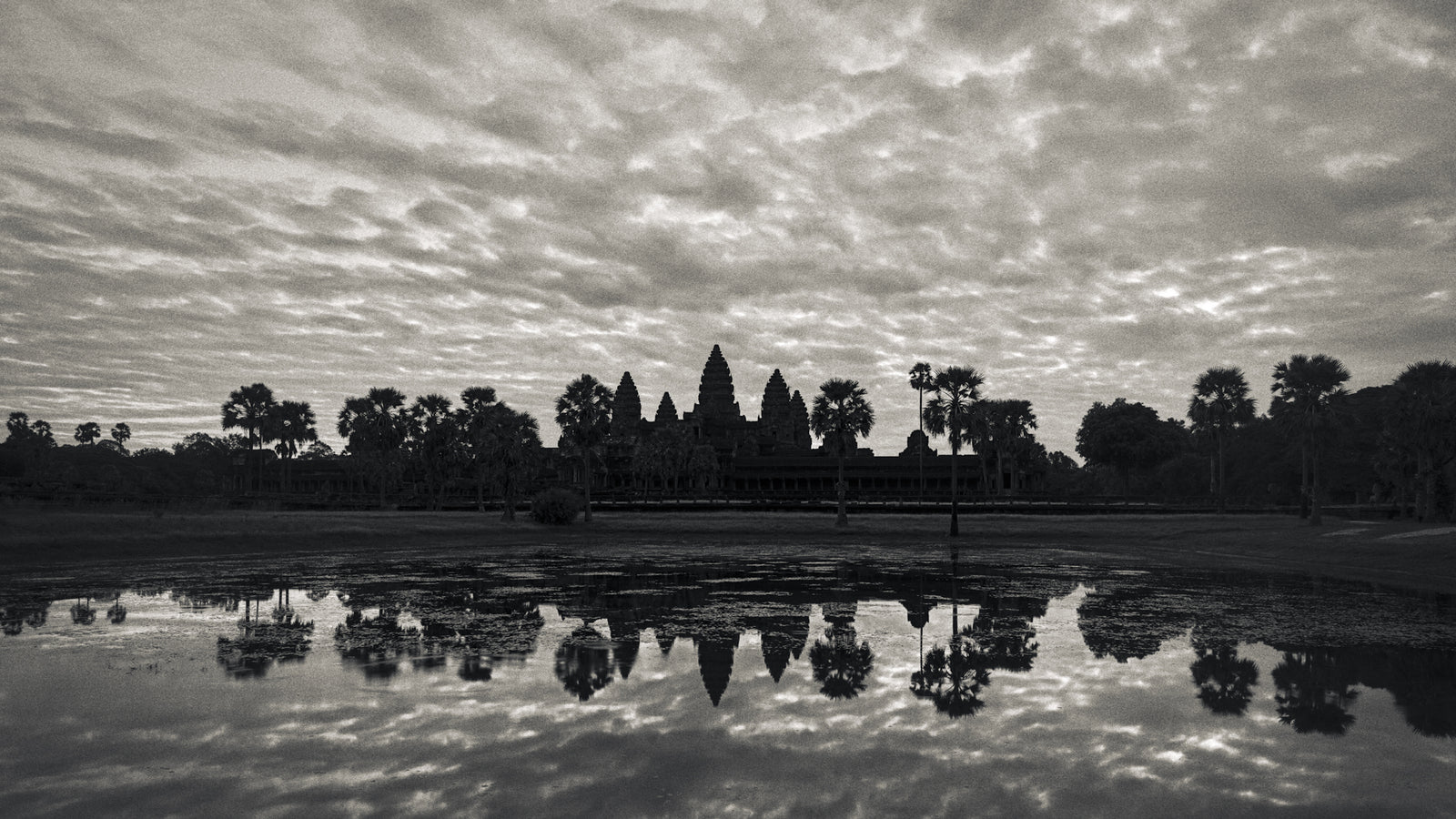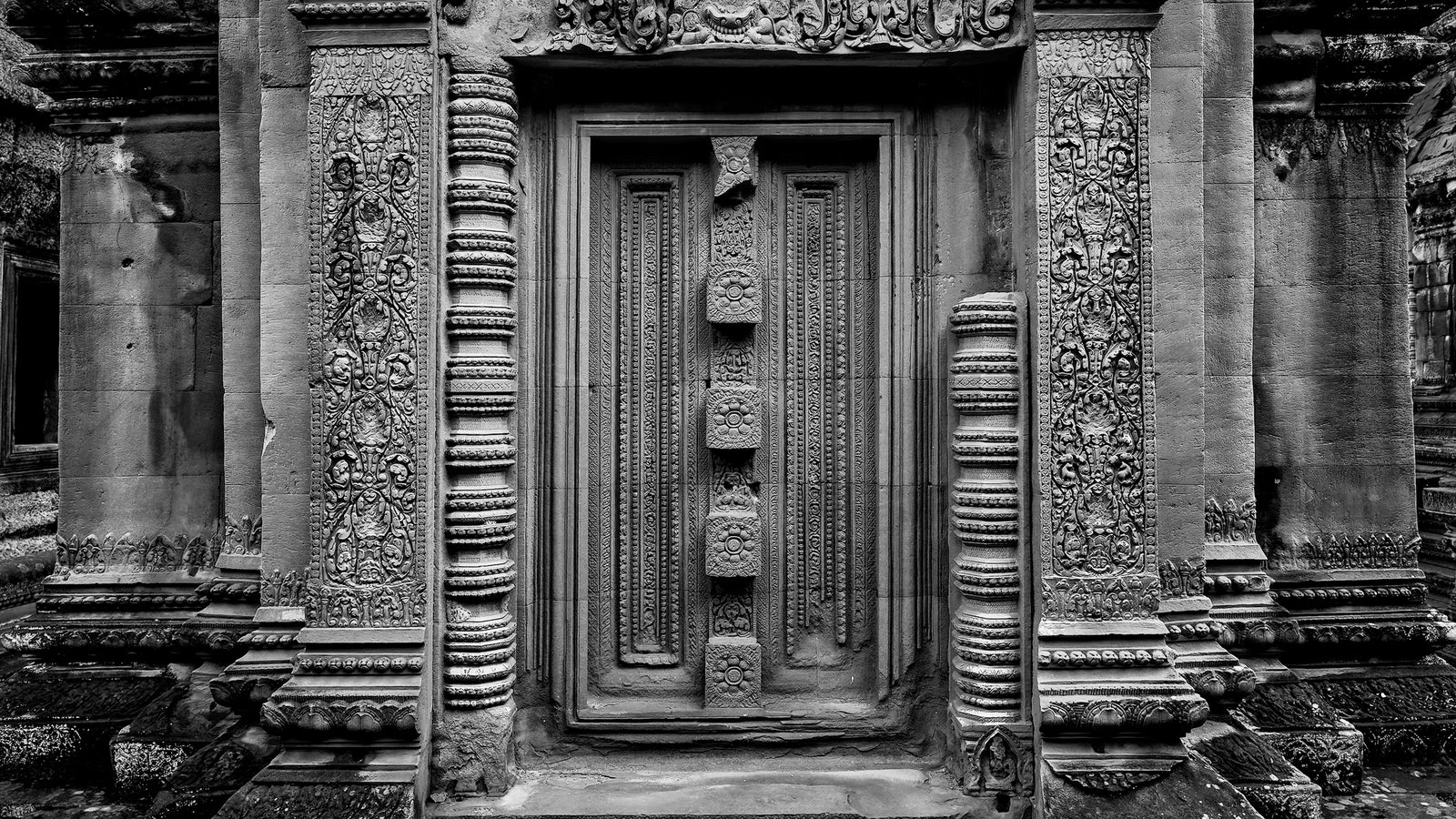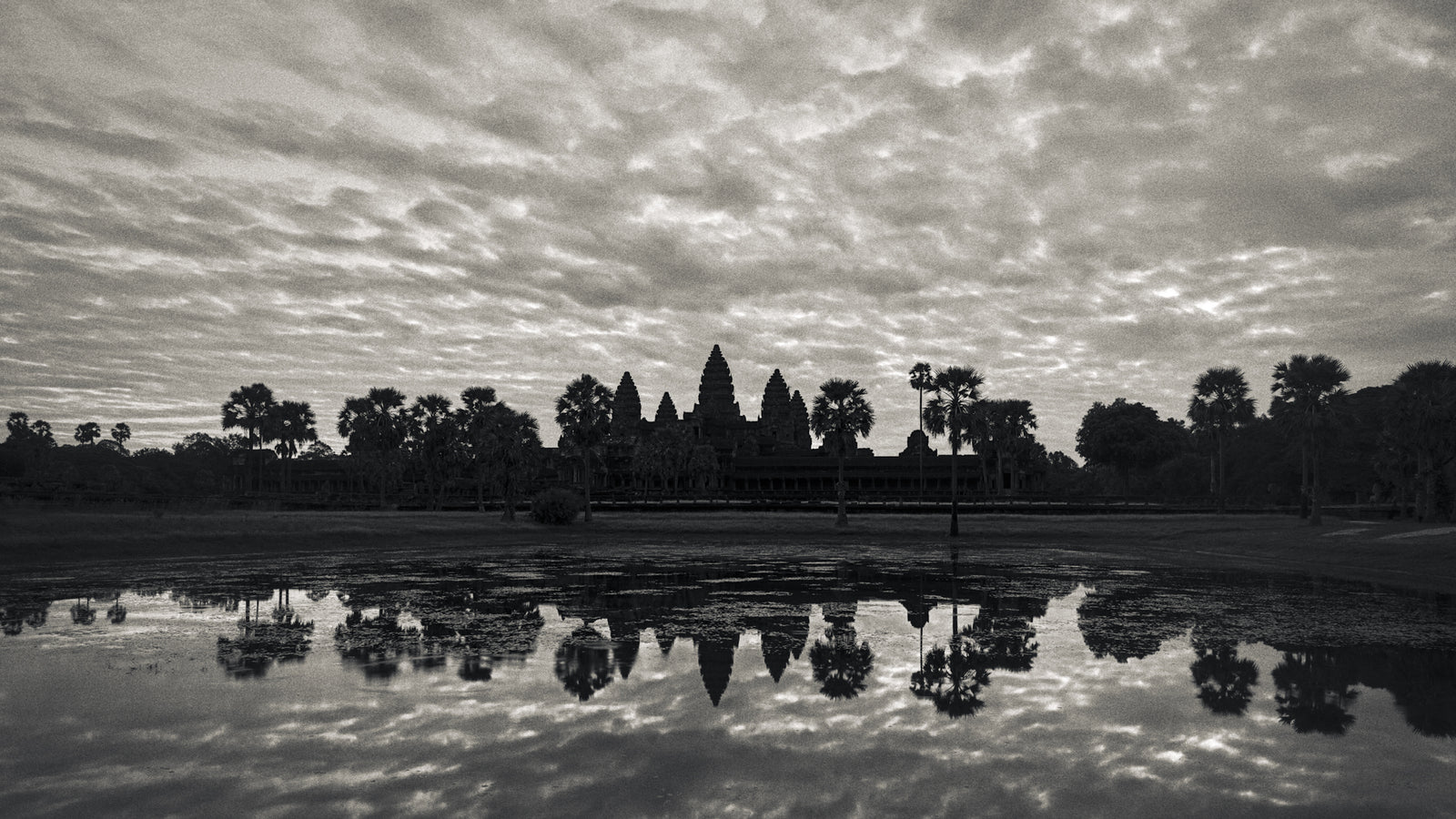Complimentary worldwide shipping on orders over $400 · No import tariffs for most countries
Complimentary worldwide shipping on orders over $400 · No import tariffs for most countries
Koh Ker
1 min read
| Date: | 10th century CE |
| Style: | Koh Ker |
| King: | Jayavarman IV (reign 928 – 941 CE) |
| Cult: | Hindu |
Koh Ker (Khmer: ប្រាសាទកោះកេរ្ដិ៍), once named Chok Gargyar, was the capital of the Angkor empire from 928 to 944 CE.
Koh Ker is a huge site, covering some 7 square kilometres (2.7 sq. miles) that contains many fascinating monuments, though much of this remote place was dug up by looters over the years.
The Koh Ker monuments surround the Trapeang Rohal baray, 120 km (75 miles) east of Siem Reap.
Jayavarman IV moved the Angkor capital to Koh Ker upon his succession in 928 CE. Most of the temples found here date from 928 to 941, when he was succeeded by his son Harshavarman II. The capital was returned to Angkor in 944, under the leadership of Rajendravarman II.
Many of the Koh Ker monuments are huge. The pyramid called Prang, to the west of Thom Temple at Koh Ker, at 36 m (120') high, is the largest ever built by the kings of Angkor. The linga that once stood at the top of Prang was about 4.5 metres (15') high.
Prasat Kraham, also at Thom Temple at Koh Ker, is one of the largest brick sanctuaries ever built. It once housed a statue of a dancing Shiva with 5 heads that was 4 metres (13') tall. The gates of the second enclosure housed a giant statue of Yama riding his buffalo and, to the west, a statue of Shiva and Uma riding Nandi were of a similar size.
At the National Gallery in Phnom Penh there is a magnificent 2 metre (6.5') tall Garuda – there were four of these at Thom Temple at Koh Ker in Koh Ker.
Map of Koh Ker
Also in Angkorpedia
Join My Studio Journal
Receive occasional letters from my studio in Siem Reap—offering a glimpse into my creative process, early access to new fine art prints, field notes from the temples of Angkor, exhibition announcements, and reflections on beauty, impermanence, and the spirit of place.
No noise. No clutter. Just quiet inspiration, delivered gently.
Subscribe and stay connected to the unfolding story.

Join My Studio Journal
Receive occasional letters from my studio in Siem Reap—offering a glimpse into my creative process, early access to new fine art prints, field notes from the temples of Angkor, exhibition announcements, and reflections on beauty, impermanence, and the spirit of place.
No noise. No clutter. Just quiet inspiration, delivered gently.
Subscribe and stay connected to the unfolding story.



